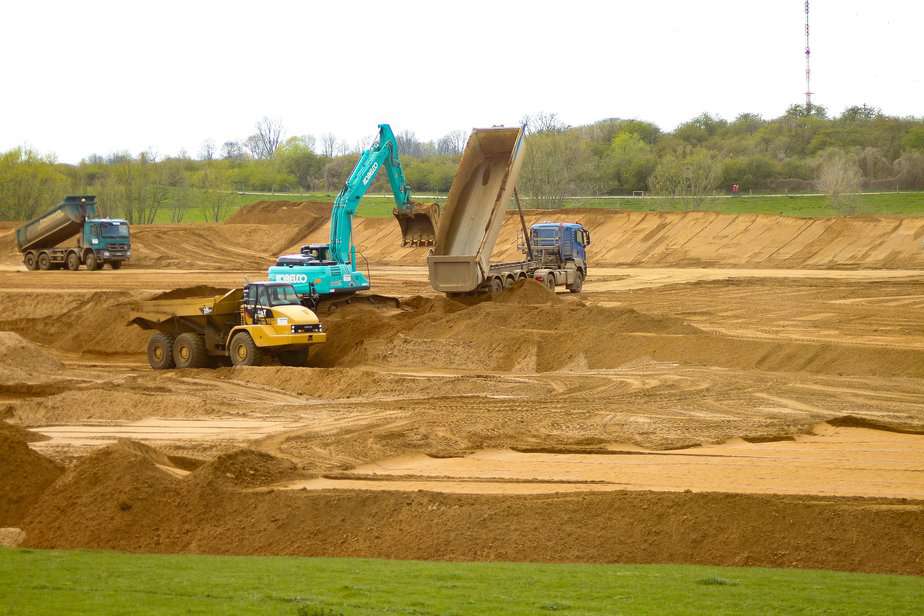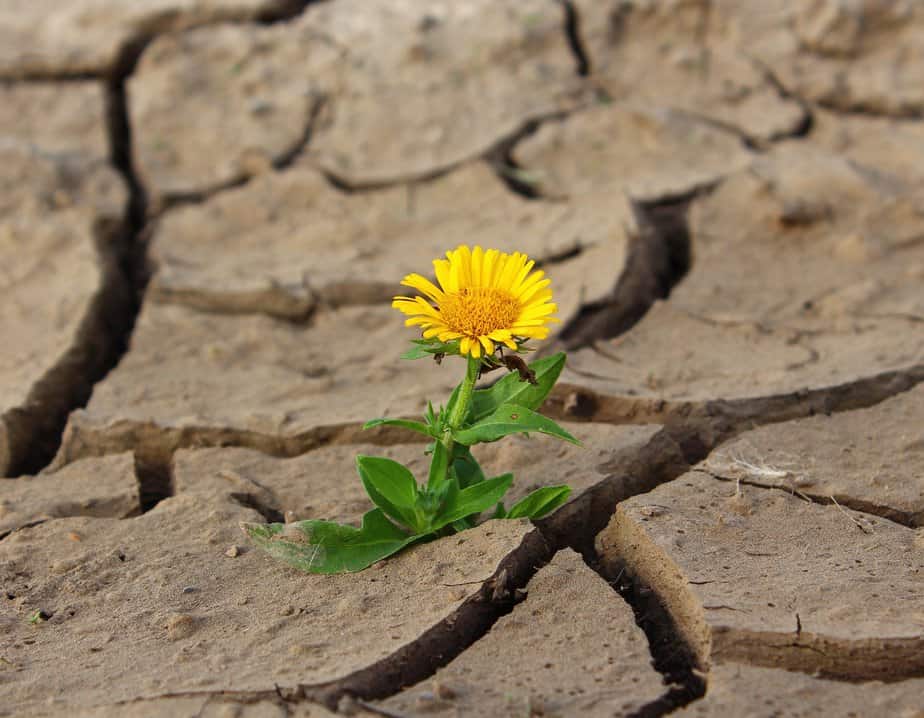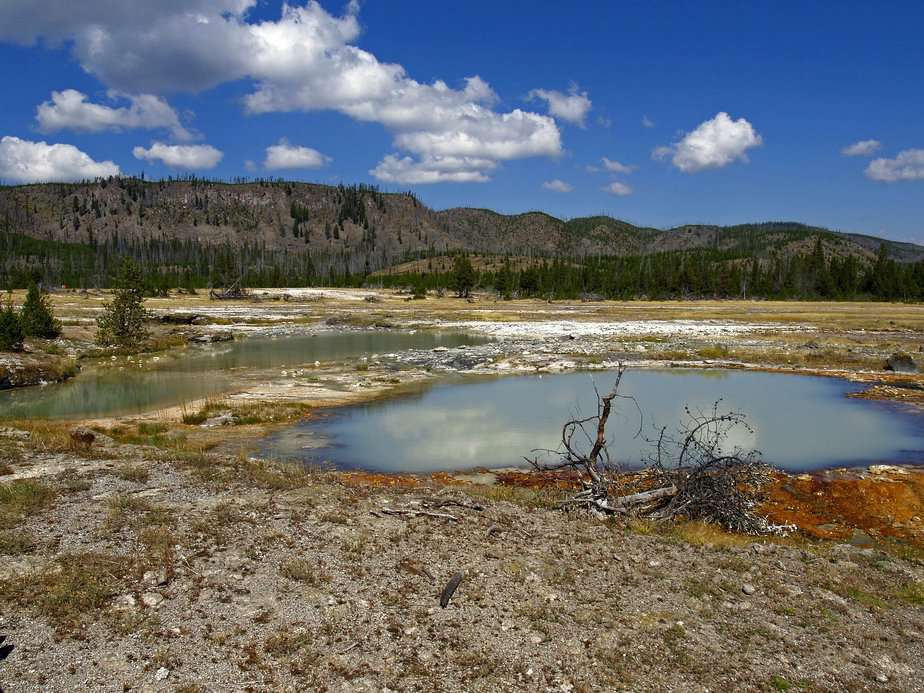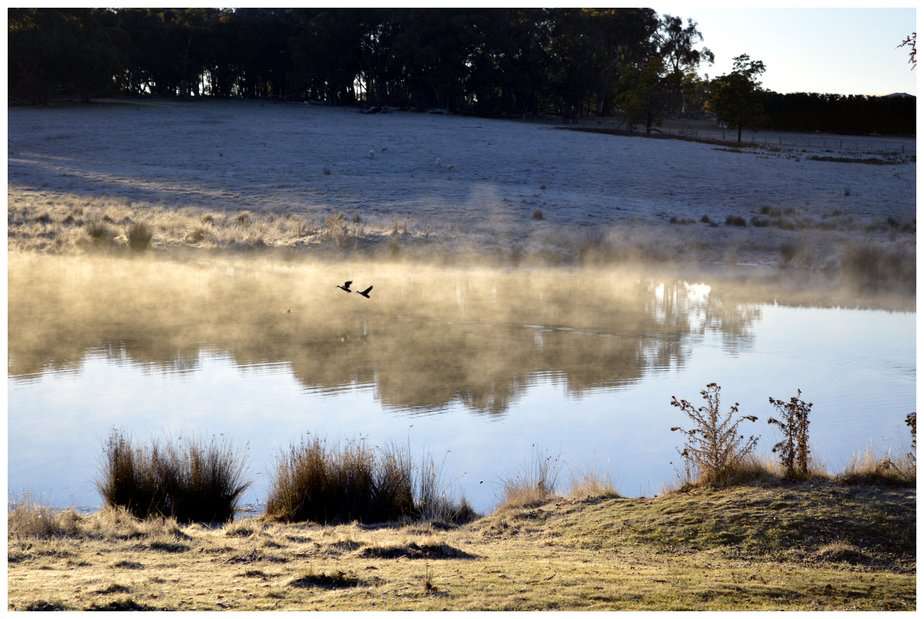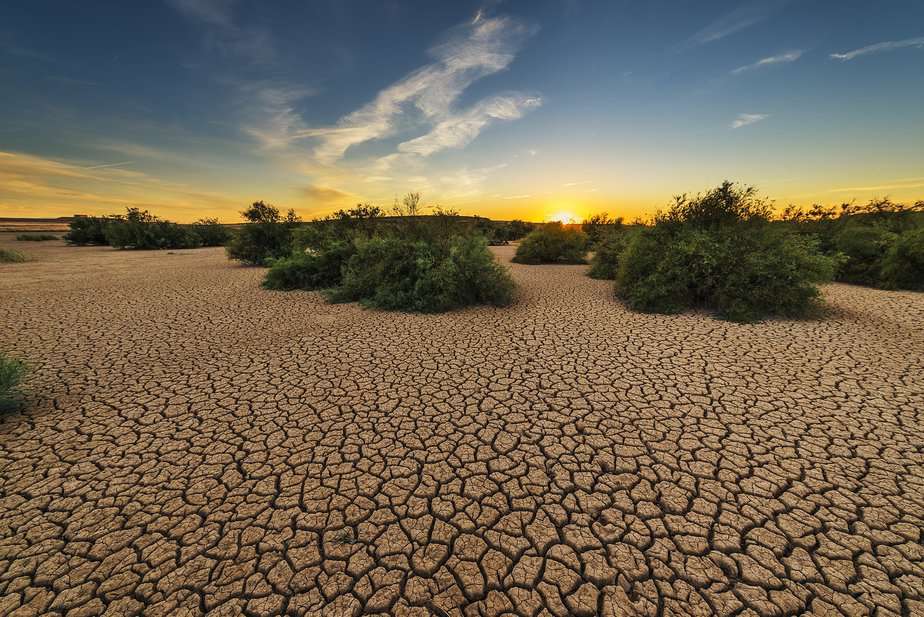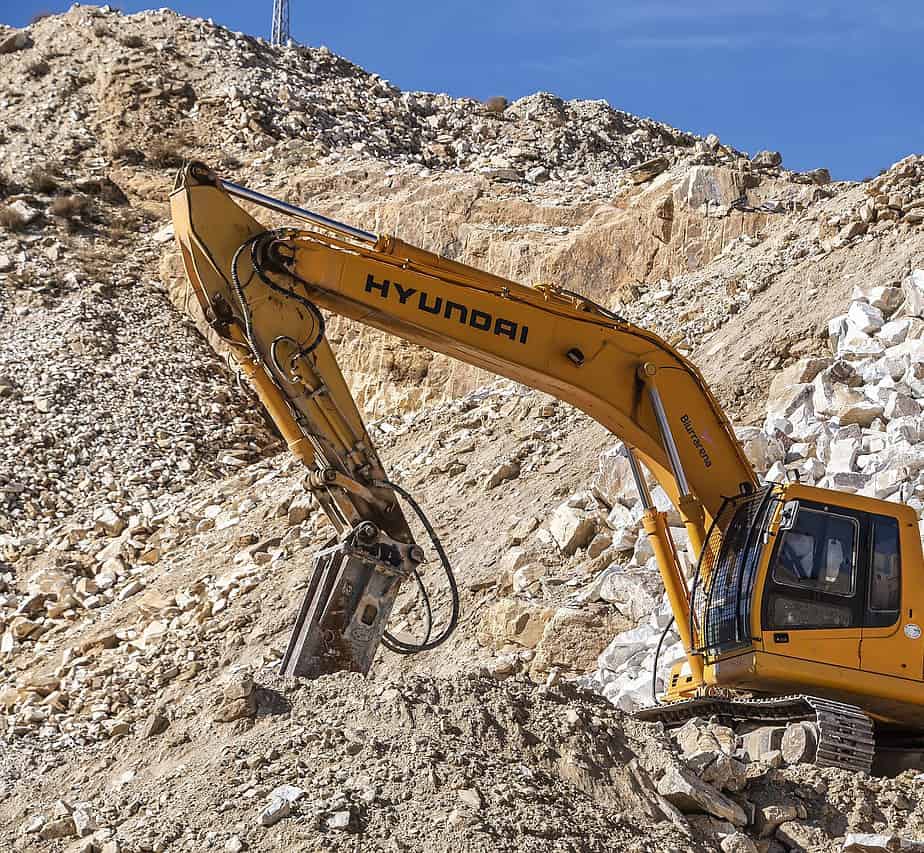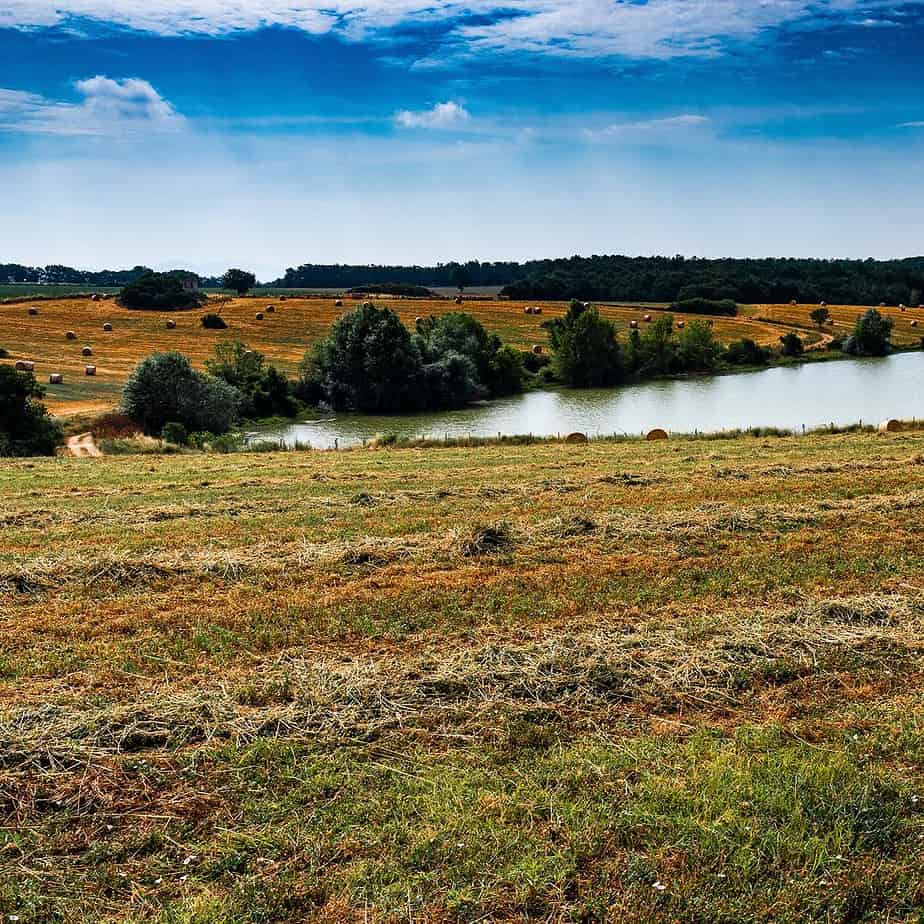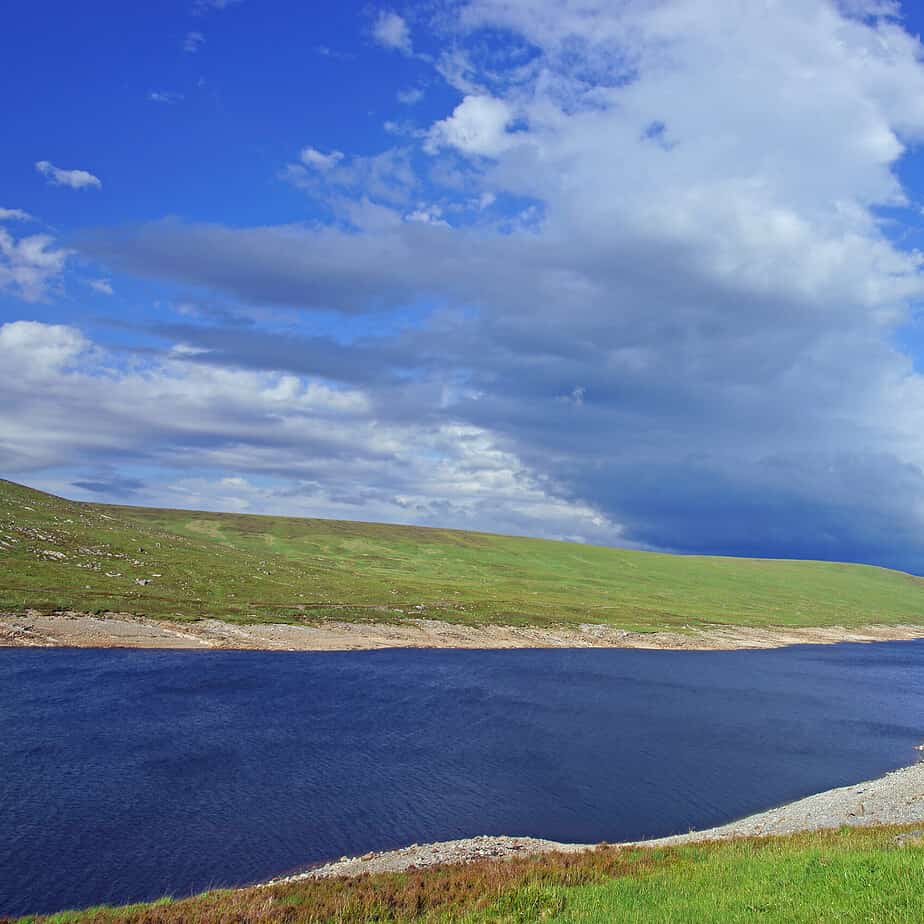Evaporation loss from farm dams in Australia is a great challenge to water security, ranging from 9% to 36% loss of total volume of water in summer. Reliable quantification and prediction of losses are complicated by numerous factors that include meteorology, dam shape, and inaccuracies in measurement. This paper explores the complexities of evaporation estimation, the limitations of current practice, and the potential for improvement through advanced modeling and abatement technologies like floating covers and windbreaks. Understanding these dynamics is essential to effectively manage water in Australia’s agricultural regions.
Tag Archives: farm
Earth dams are versatile structures that serve a multifaceted role in flood control and disaster management. Floods are one of the most devastating natural disasters that can wreak havoc on communities, causing immense damage to property, infrastructure, and, most tragically, human lives. The frequency and intensity of flooding occurrences have risen due to climate change and urbanisation, making it imperative for us to explore and employ effective flood control and disaster management strategies. Among the various flood control measures, earth dams have emerged as vital structures that play a crucial role in mitigating the impact of floods and managing disaster situations. In this thesis, we will dive deep into the significance of earth dams in flood control and disaster management, exploring their functions, benefits, and their role in safeguarding communities.
The New South Wales (NSW) Government is setting its sights on doubling the water supply from Sydney’s $2 billion desalination plant to counteract the anticipated rise in temperatures. According to the World Meteorological Organisation (WMO), Australia is on the verge of experiencing its hottest summer on record in 2024, which is expected to heighten the risk of drought.
The unpredictability of the drought wreaking havoc in NSW is a stark reminder of the tenacity and will of the Australian people.
Australia, a country renowned for its stark environmental issues and contrasted beauty, is once again facing the terrible power of nature. Currently, towns and farmers in the state of New South Wales (NSW) are struggling due to an unpredictable drought, which poses a severe threat. We go deep into this dilemma in this blog article, telling the moving story of a farmer struggling against the wrath of nature.
Farm dams are vital for irrigation, livestock watering, and flood control in rural areas, but they require erosion control.
Without proper erosion control measures, these essential water bodies can become sources of environmental degradation and soil erosion. Erosion not only affects the structural integrity of the dam but also leads to sedimentation in water bodies downstream. To ensure the longevity and effectiveness of your farm dams, implementing erosion control measures is crucial. Here are 10 tips to help you effectively manage erosion around your farm dams.
In an era of growing water scarcity and climate change, adopting water-wise farming practices has become more critical than ever. Water-wise farming not only ensures the sustainability of agricultural operations but also contributes to overall water security. In this blog post, we will explore ten essential tips for farmers to implement water-efficient practices and secure their water resources for a resilient and productive future.
For small farm owners, a well-maintained farm dam is not only a vital water source but also a key component of the overall agricultural ecosystem. Proper farm dam maintenance ensures a reliable water supply for crops, livestock, and other agricultural activities. Neglecting dam upkeep, on the other hand, can lead to costly repairs, reduced efficiency, and potential environmental consequences. In this blog post, we will explore essential tips and guidelines to help small farm owners effectively maintain their farm dams, ensuring long-term functionality and sustainability.
As the world seeks sustainable solutions to address the pressing challenges of climate change and energy consumption, innovative approaches that marry traditional agricultural practices with renewable energy sources are gaining prominence. One such symbiotic relationship is the integration of solar energy systems with farm dam infrastructure. This convergence not only aids in sustainable energy generation but also enhances water management and agricultural productivity. In this blog post, we delve into the benefits, considerations, and steps involved in seamlessly integrating solar energy systems with farm dam infrastructure.
In the face of increasing global environmental challenges, the conservation of biodiversity has become more critical than ever before. While agricultural practices have often been associated with negative impacts on wildlife and ecosystems, farmers now have an opportunity to play a pivotal role in enhancing biodiversity on their lands. Farm dams, which are essential for irrigation and water storage, can also be transformed into thriving habitats for wildlife. In this blog post, we will explore the importance of enhancing biodiversity with farm dams and how farmers can create valuable ecosystems that support wildlife while still meeting their agricultural needs.
In farming communities, the construction of farm dams plays a crucial role in managing water resources, especially in regions with limited access to natural water bodies. However, building a farm dam in rocky terrain presents unique challenges that require innovative techniques and careful planning. Slopes are one of the primary concerns when constructing dams in rocky landscapes, as they can impact the dam’s stability and overall effectiveness. In this blog post, we will explore the techniques and challenges involved in farm dam construction in rocky terrain, with a specific focus on managing slopes.
Droughts are natural phenomena that can have devastating effects on agriculture, particularly for small farms. As climate change intensifies, the frequency and severity of droughts are increasing, leaving farmers grappling with water scarcity and its impact on their livelihoods.
Farm dams are essential water storage structures that play a crucial role in agricultural operations. They provide water for irrigation, livestock, and other farming needs. However, as with any man-made structure, farm dams require regular inspections to ensure their safety and functionality. Regular inspections not only help prevent potential disasters but also extend the lifespan of the dam, saving farmers from costly repairs and interruptions in water supply.
As the global population continues to grow, the demand for food production escalates, putting pressure on traditional farming practices. In the pursuit of sustainable and efficient food production, integrating aquaculture into existing farm dams presents an innovative and environmentally friendly solution.
Farm dams are essential to agricultural operations because they provide water for animals, irrigation, and other farming activities. However, over time, these water bodies can become susceptible to excessive vegetation growth, which can pose challenges for farmers. Striking a balance between maintaining a healthy ecosystem and preserving dam infrastructure is crucial for sustainable farming practices. In this blog post, we will explore the significance of farm dam vegetation management, the potential impacts of unchecked growth, and effective strategies to achieve a harmonious balance between ecosystems and infrastructure.
Farm dams are essential water storage structures for agricultural operations, providing a reliable supply of water for irrigation, livestock, and domestic needs. Constructing a farm dam on sloping terrain presents unique challenges that require careful planning, design, and attention to stability. In this blog post, we will explore the key considerations and best practices for designing and ensuring the stability of farm dams built on sloping terrain. By following these guidelines, farmers can optimize water storage capacity and reduce the risk of dam failure, ensuring the long-term success of their agricultural endeavours.
In recent years, the impact of agriculture on the environment has become a growing concern. As the global population increases, so does the demand for food production, which places significant pressure on natural resources and ecosystems. In this context, small farms have a crucial role to play in sustainable agriculture and conservation efforts. One essential feature of small farms that offers numerous environmental benefits is the farm dam. These man-made water reservoirs not only aid in water management for farming operations but also contribute positively to the local environment and biodiversity. In this blog post, we will explore the environmental benefits of farm dams on small farms and shed light on their significance in creating a sustainable future
Farm dams play a crucial role in the agricultural landscape, providing essential water storage for irrigation, livestock, and other farming activities. Over time, these structures may deteriorate due to various factors such as age, weathering, sedimentation, and poor maintenance. Dam failure can have catastrophic consequences, leading to property damage, loss of livelihood, and environmental degradation. To ensure the safety and sustainability of farm dams, rehabilitation and upgrading become necessary. In this blog post, we will explore the importance of farm dam rehabilitation, the common issues faced by aging dams, and the steps involved in upgrading and repairing an existing dam.
Farm dams are vital for agricultural operations, providing water storage for irrigation, livestock, and other farming activities. However, seepage, the leakage of water through dam structures, can lead to significant water losses and affect the dam’s overall effectiveness. In this blog post, we will explore various techniques and best practices for controlling seepage in farm dams. By implementing these strategies, farmers can improve water conservation, optimize their agricultural output, and ensure the longevity of their dam infrastructure.
Farm dams play a vital role in agricultural practices, serving as a reliable water source for irrigation, livestock, and general farm operations. However, heavy rainfall or excessive water accumulation can lead to the dam’s water levels rising beyond capacity, potentially causing catastrophic consequences. To prevent such scenarios and ensure controlled overflow, designing effective spillways becomes crucial. In this blog post, we will explore the importance of spillways, their design considerations, and best practices for designing spillways that effectively manage excess water while safeguarding the integrity of farm dams.
Water scarcity is a growing concern for farmers, especially those operating on small farms. In such scenarios, every drop of water counts, and implementing effective rainwater harvesting techniques becomes crucial. By maximizing rainwater harvesting on small farms, farmers can ensure a more sustainable and reliable water supply for their crops and livestock. In this blog post, we will explore some practical strategies to optimize rainwater harvesting on small farms.
For small-scale farmers, ensuring a reliable water supply is crucial for successful agriculture. In regions with irregular rainfall patterns or limited access to natural water sources, farm dams play a pivotal role in providing irrigation water throughout the year. These on-farm reservoirs offer numerous benefits, enabling small farms to thrive and sustain their operations. In this blog post, we will explore the significant role of farm dams in irrigation for small farms and delve into the advantages they bring to agricultural practices.




